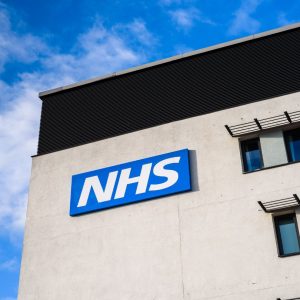
Reports show that the Healthcare sector may be falling behind in Healthcare readiness, with claims that IT and telecoms remain the most advanced industries in terms of IoT readiness, according to a report conducted by ForeScout and Quocirca.
The ‘European Perceptions, Preparedness and Strategies for IoT security’ survey revealed that while the majority of respondents acknowledge the business opportunity presented by the Internet of Things, and the growing number of IoT devices connected to their enterprise networks, their organisations lack understanding of how to properly secure them.
The survey, which was conducted 201 senior IT decision makers, with 101 being in the UK and the remaining including German speaking regions of Germany, Austria and Switzerland (DACH) assessed their organisations IoT security practices found that 65 percent of respondents have minimal confidence in terms of being able to identify and control all IoT devices on their network.

This uncertainty is underlined by the fact that many IoT operating systems are open source and can therefore be adapted by device manufacturers, leading to many variants.
Jan Hof, Marketing Director, ForeScout Technologies said: “The staggering growth of IoT is creating both value and risks for enterprise organisations.
While IoT is recognised by many as an opportunity to improve and streamline business processes, there are associated security risks that need to be addressed- first and foremost through visibility of devices as soon as they connect to the network. You cannot secure what you cannot see.”
 Although the healthcare sector is reported to be lagging behind in IoT readiness, 73 percent of respondents within the sector said that being able to discover and classify IoT devices without the use of agents as ‘extremely important’ or ‘quite important.’ These range from devices such as CT scanners, diabetic pumps and heart monitors.
Although the healthcare sector is reported to be lagging behind in IoT readiness, 73 percent of respondents within the sector said that being able to discover and classify IoT devices without the use of agents as ‘extremely important’ or ‘quite important.’ These range from devices such as CT scanners, diabetic pumps and heart monitors.
One report said the number of healthcare IoT devices will grow from approximately 95 million in 2015 to 646 million in 2020.
Organisations such as Microsoft, recently built its Microsoft Azure cloud platform to facilitate cloud-based delivery of multiple healthcare services. IBM’s AI Watson platform, is to work with doctors in Germany to solve complex medical cases.






